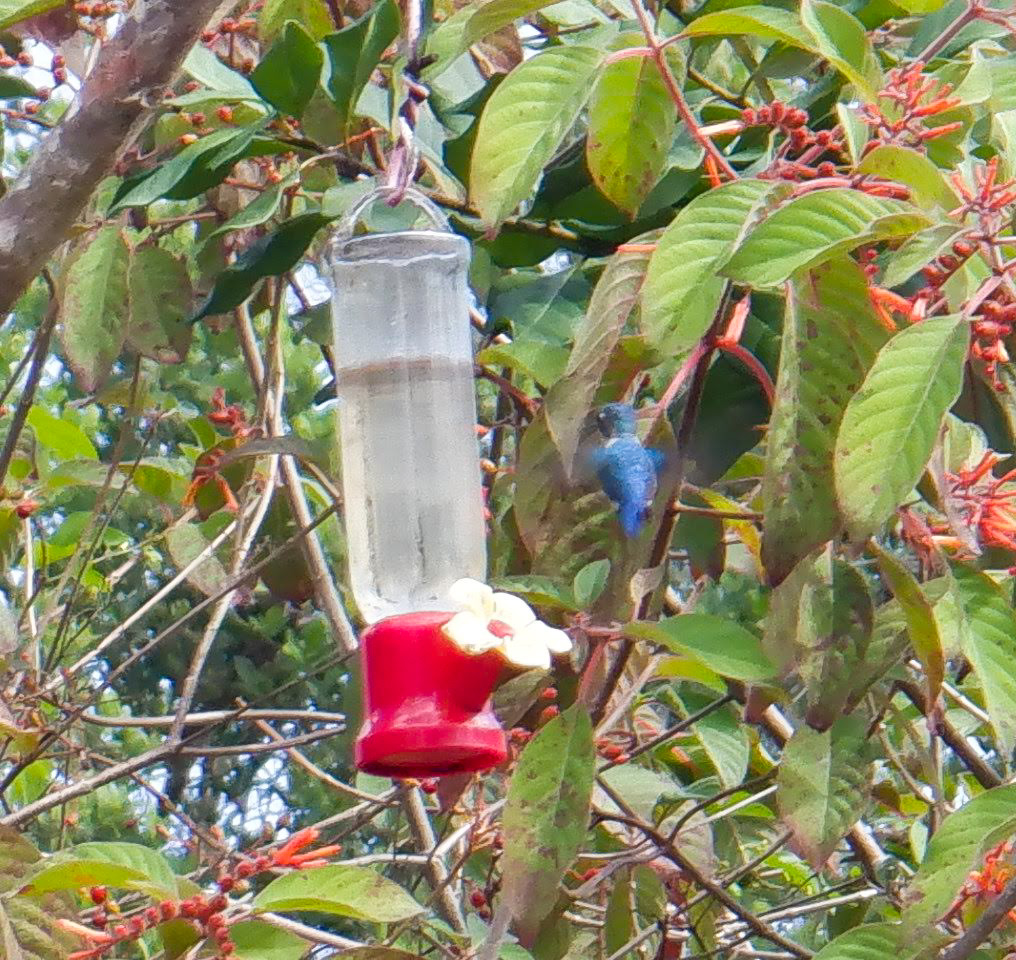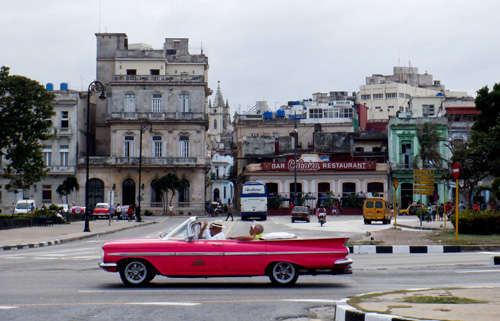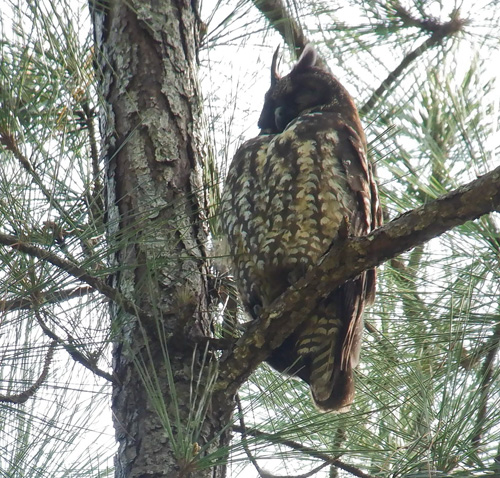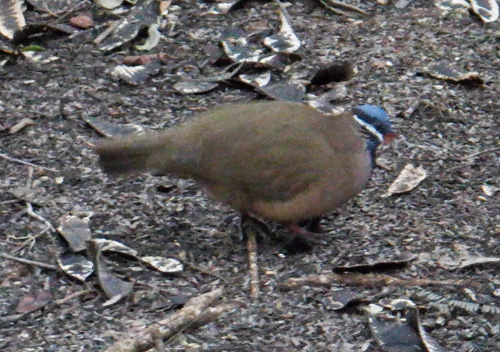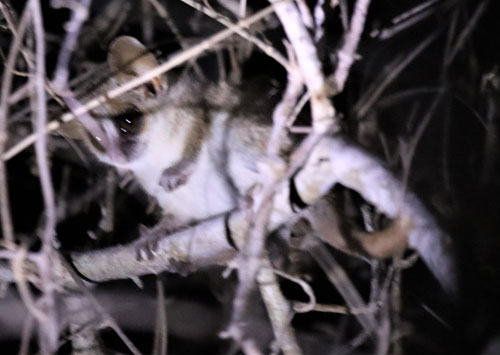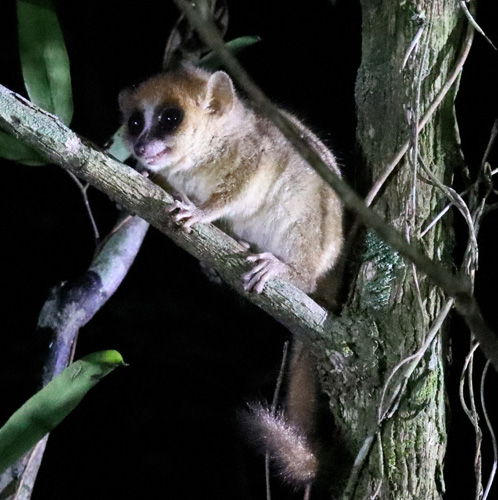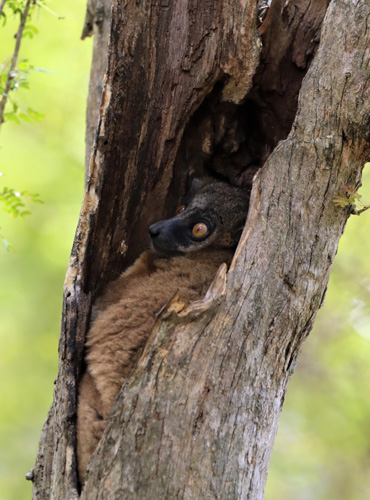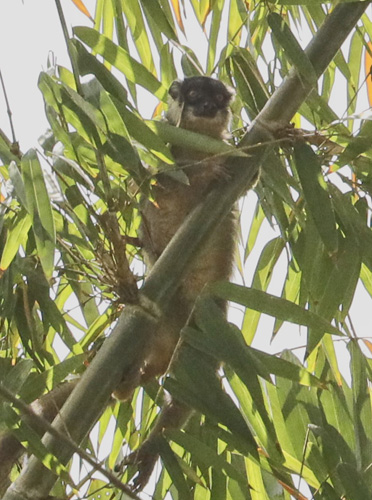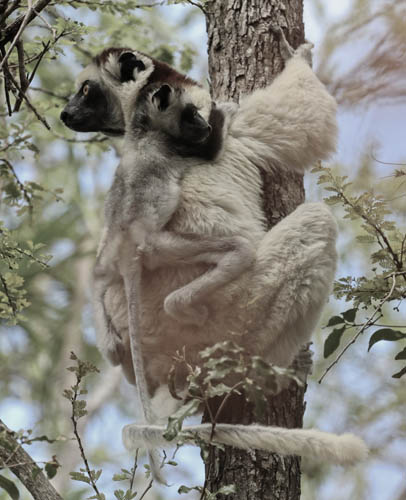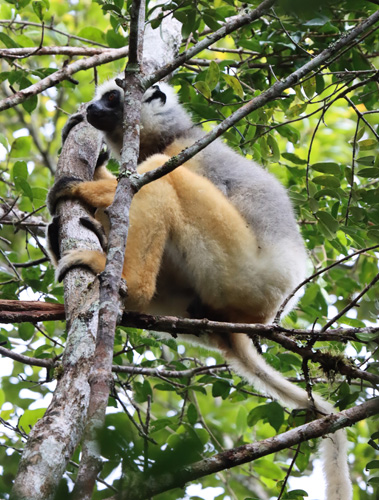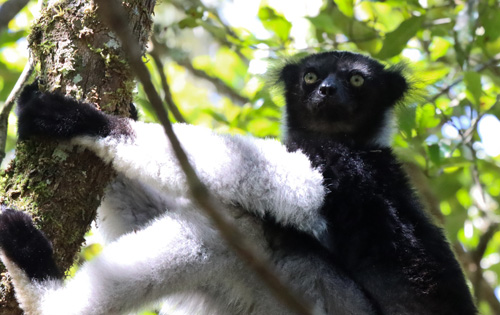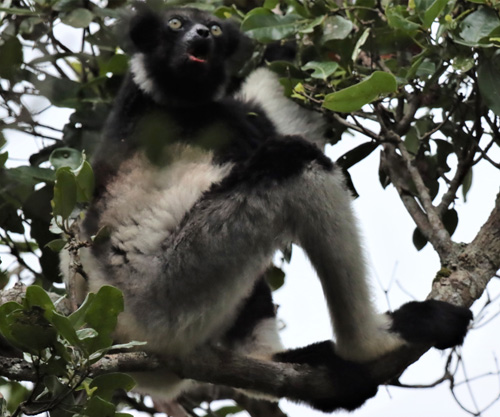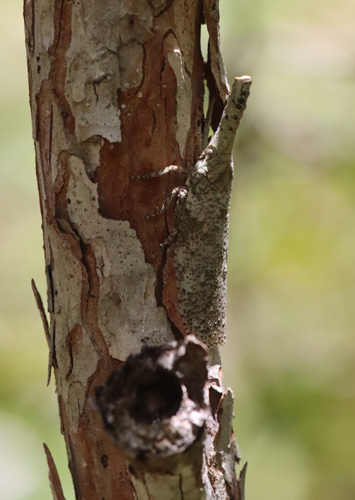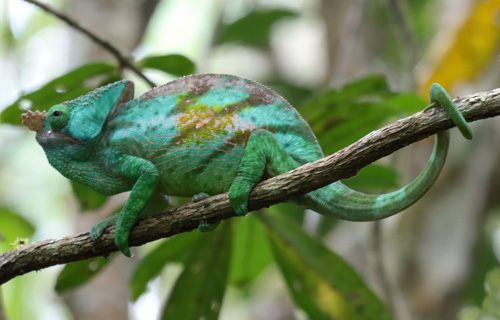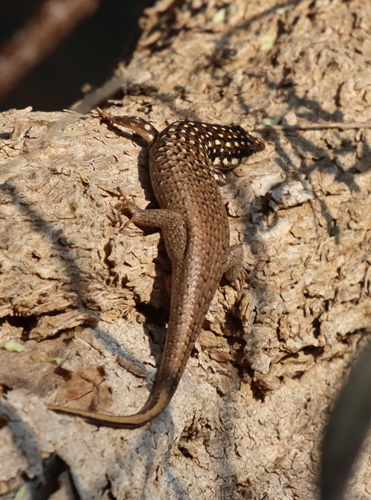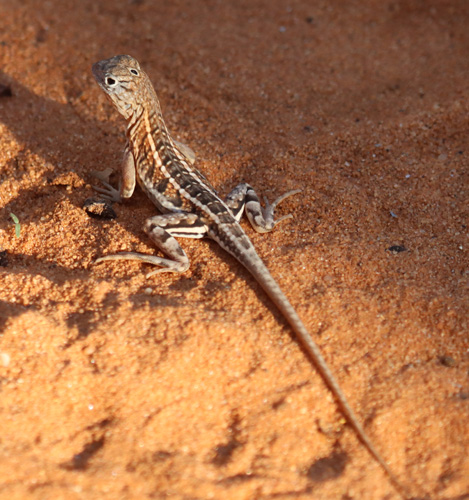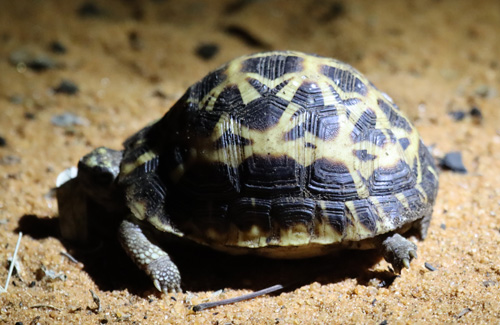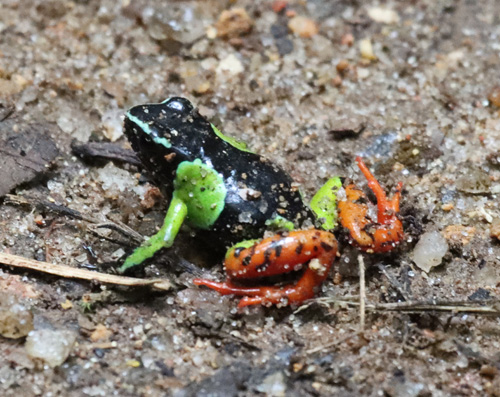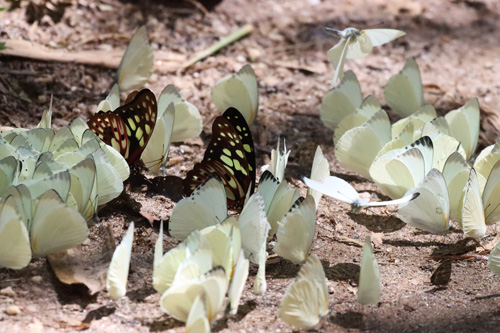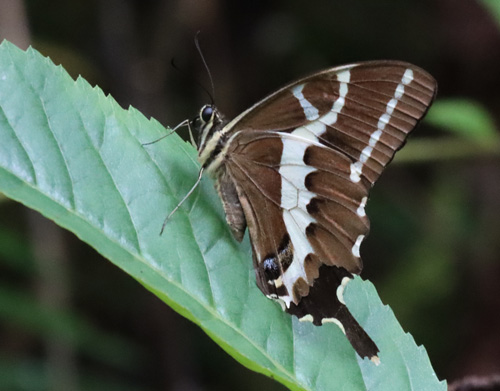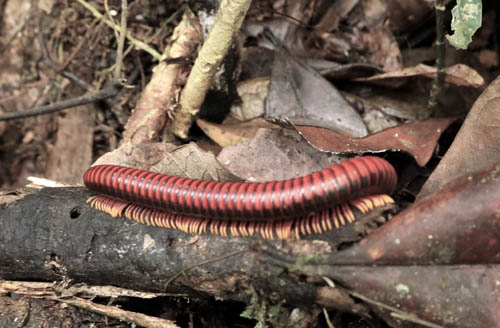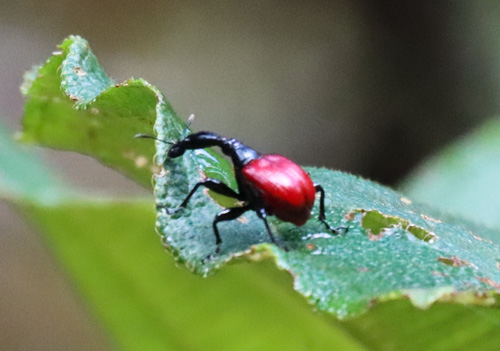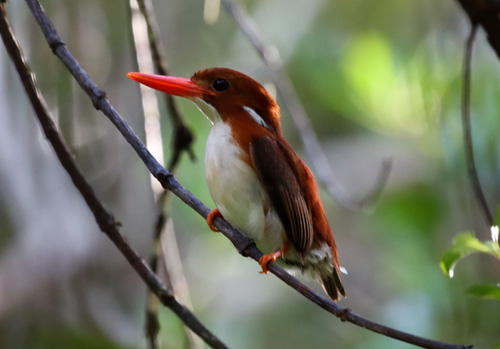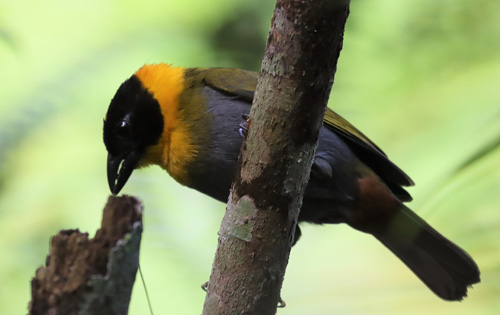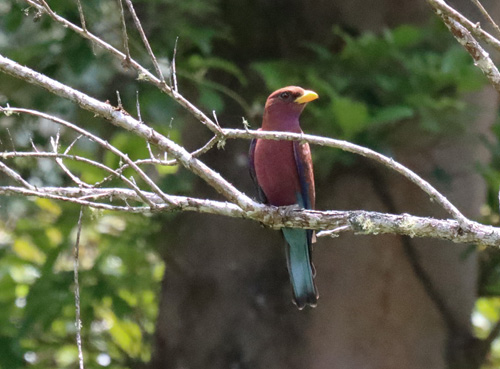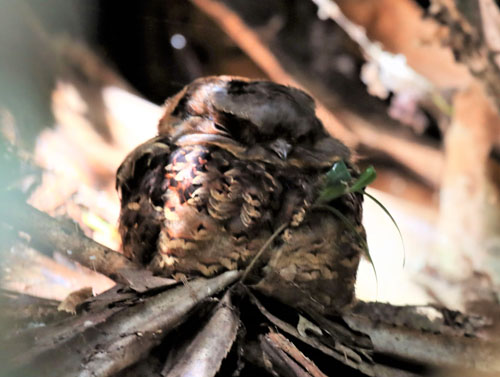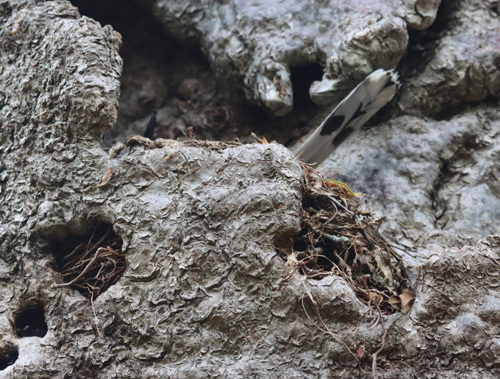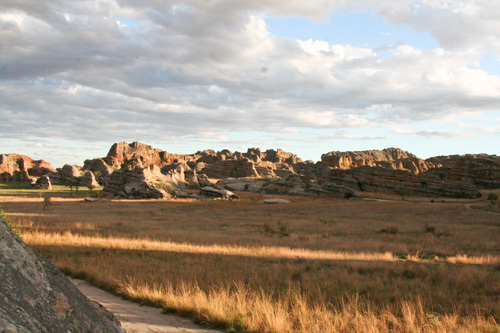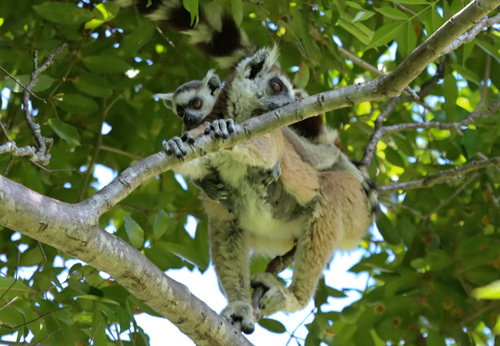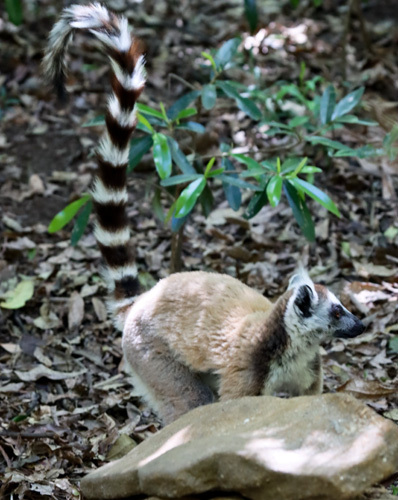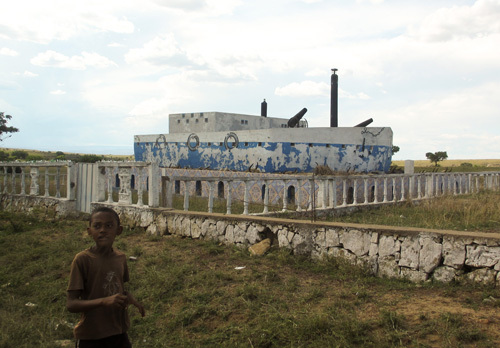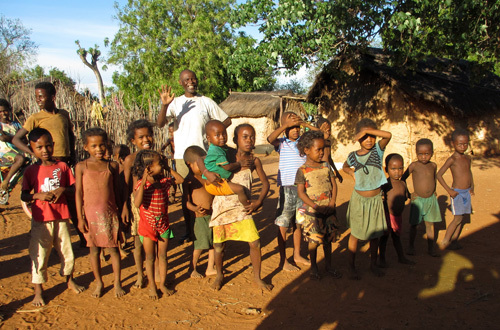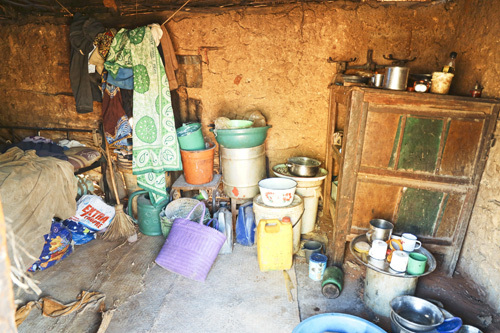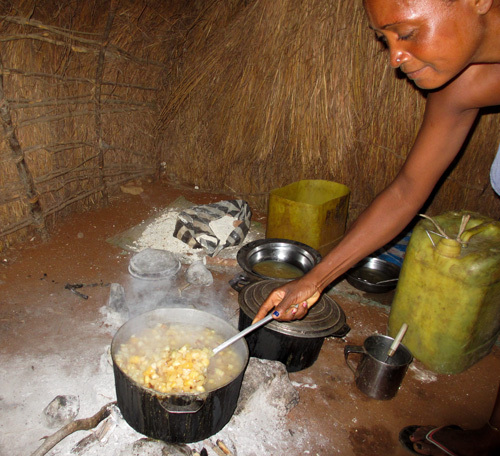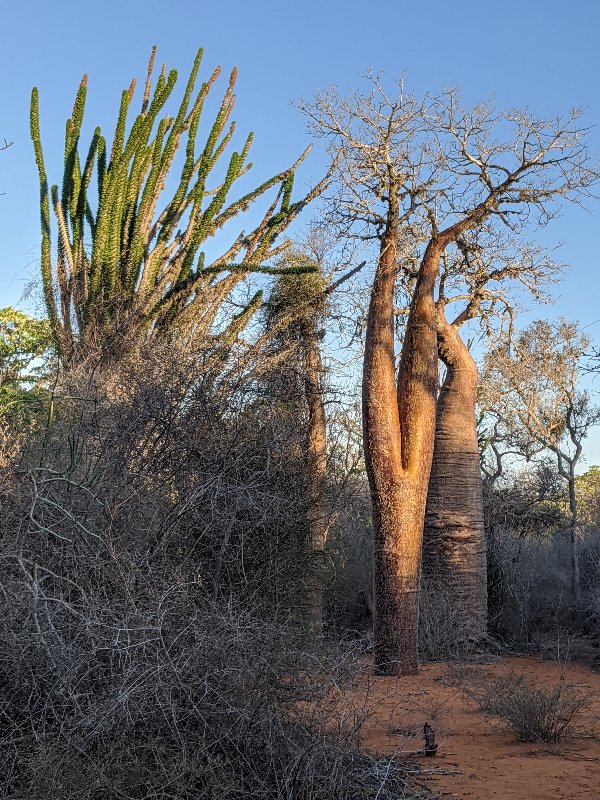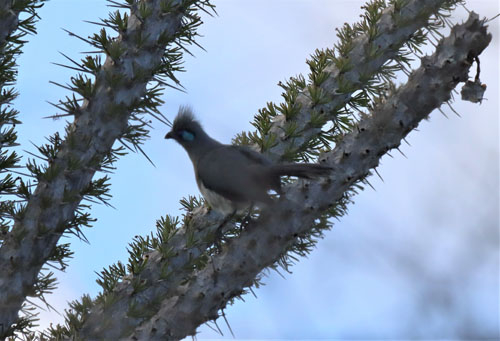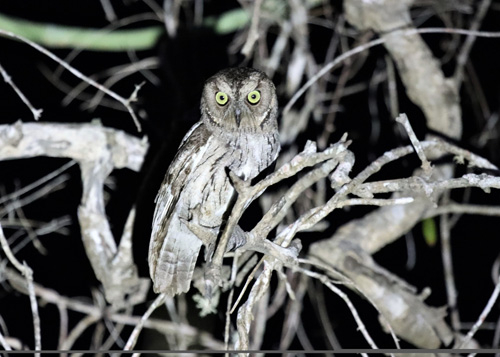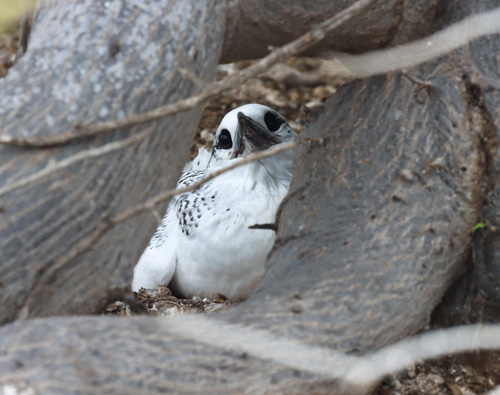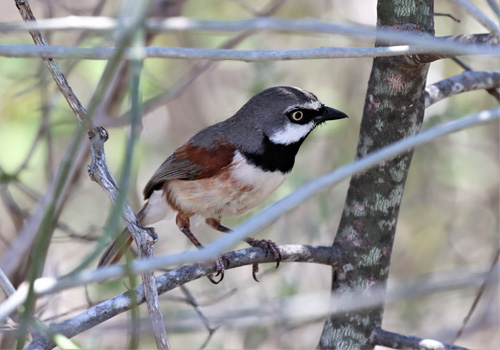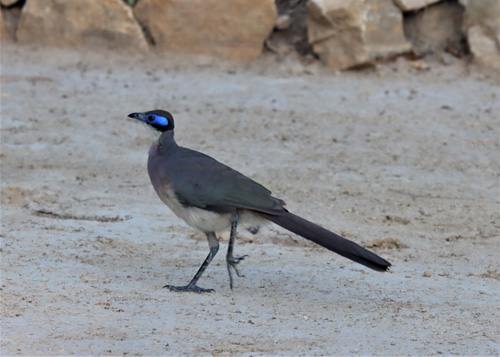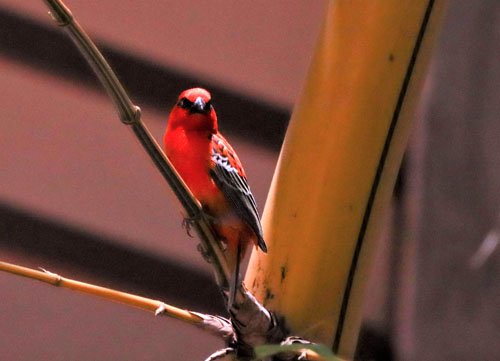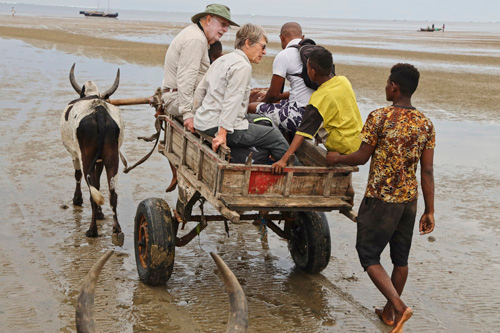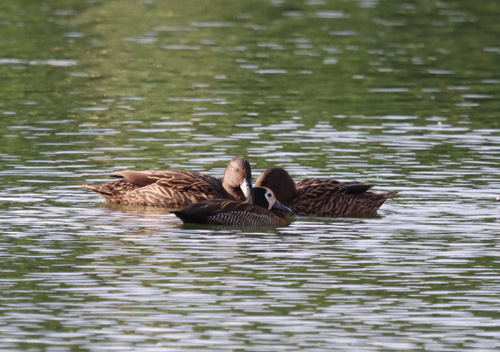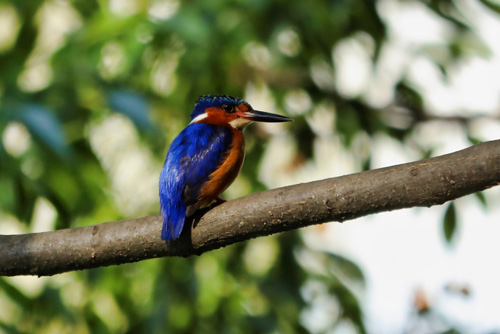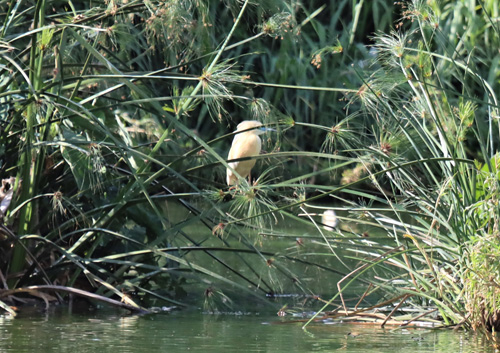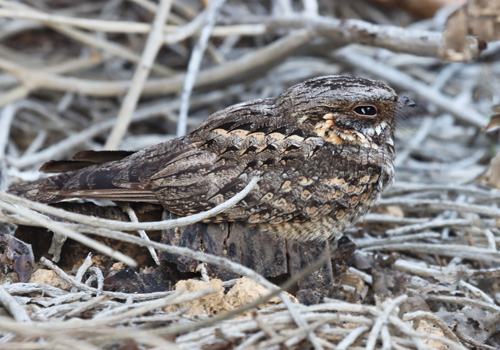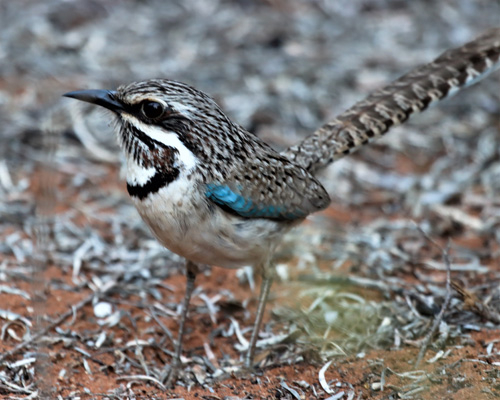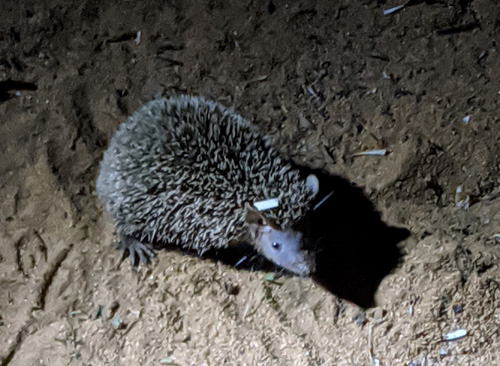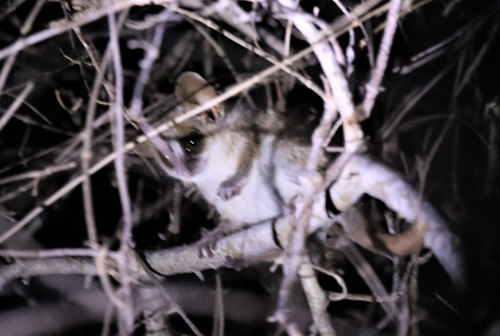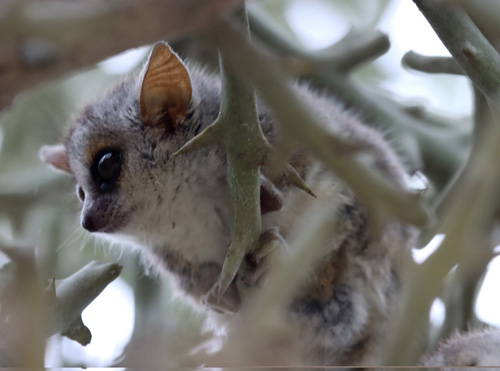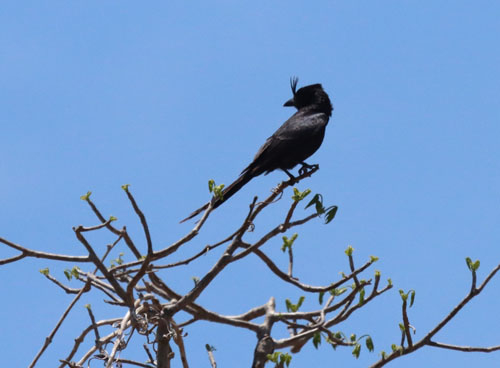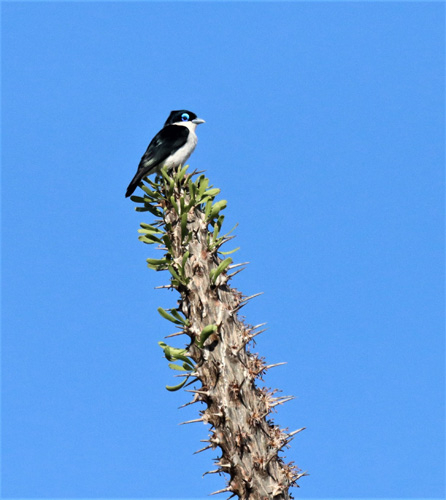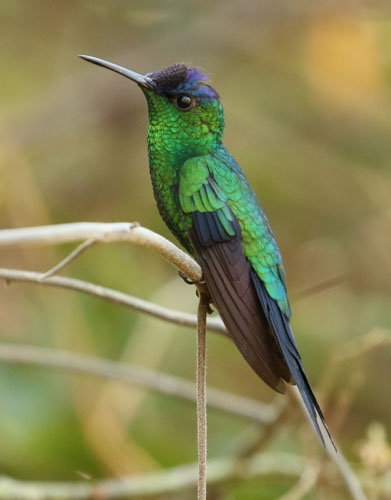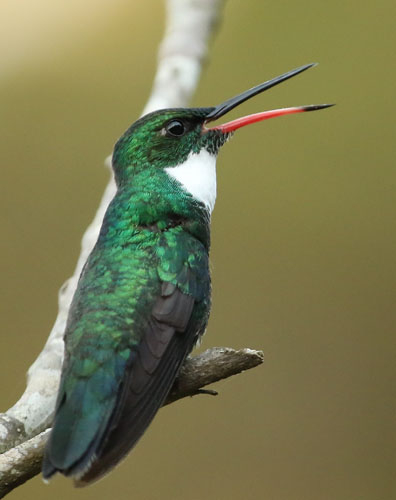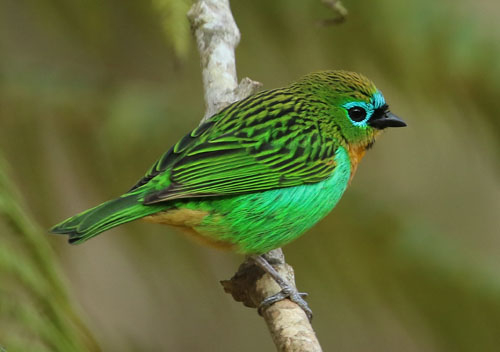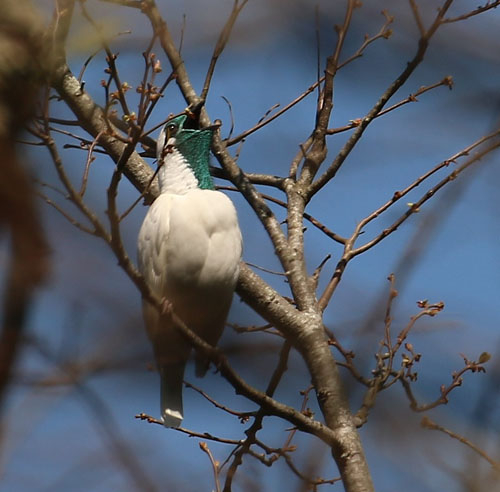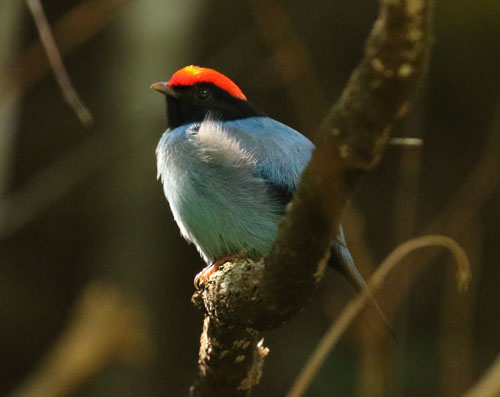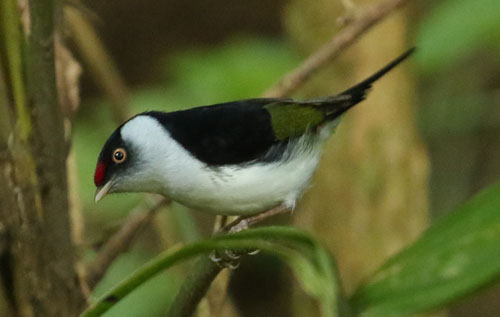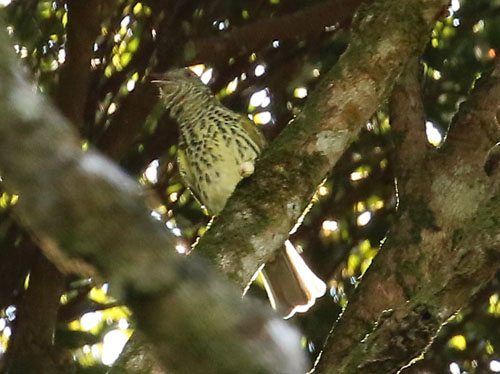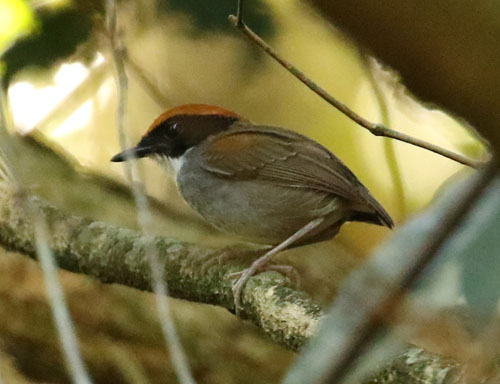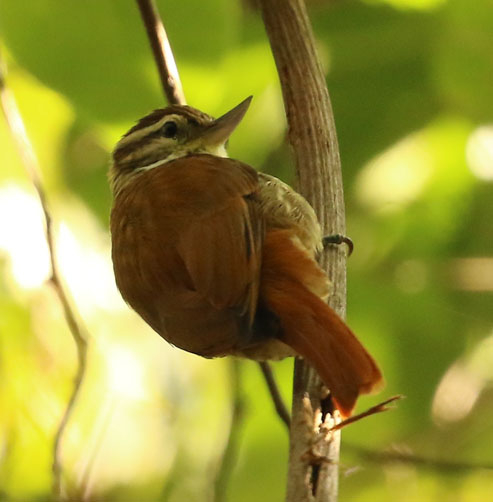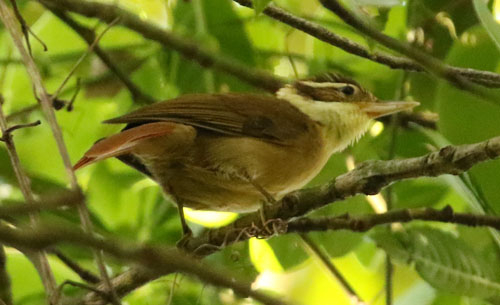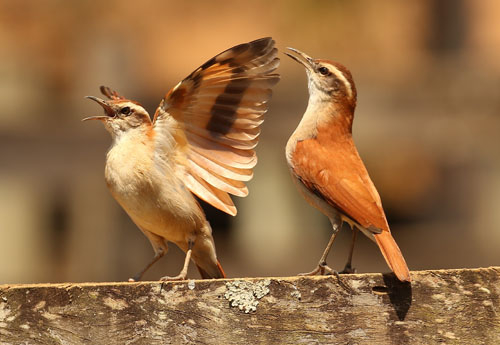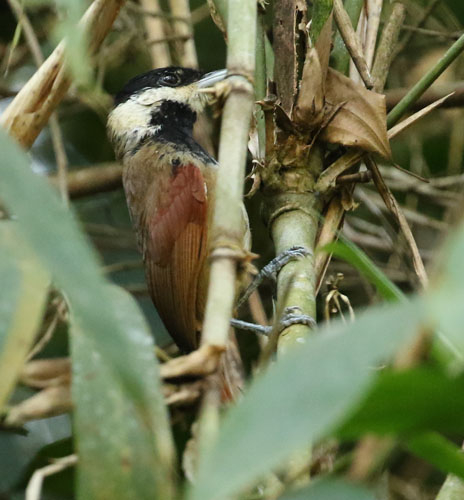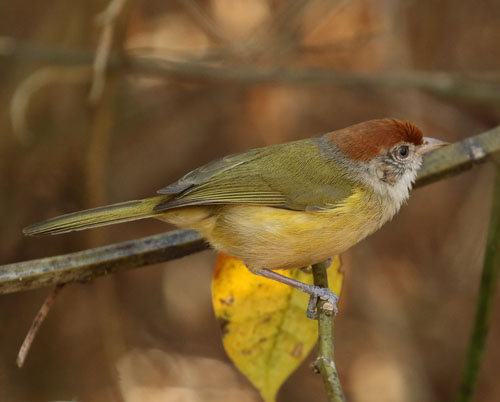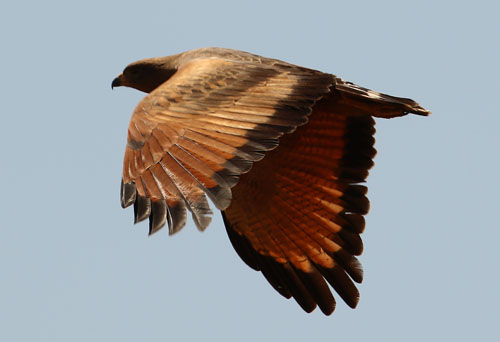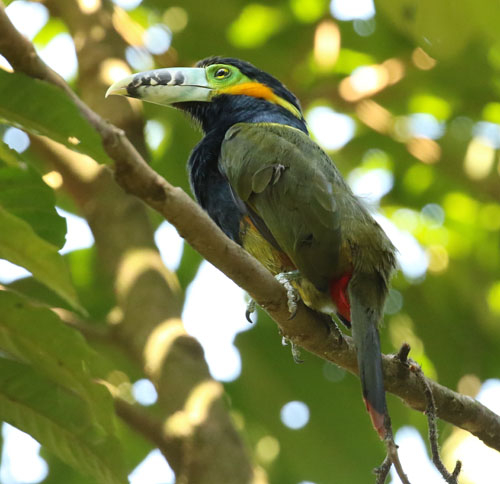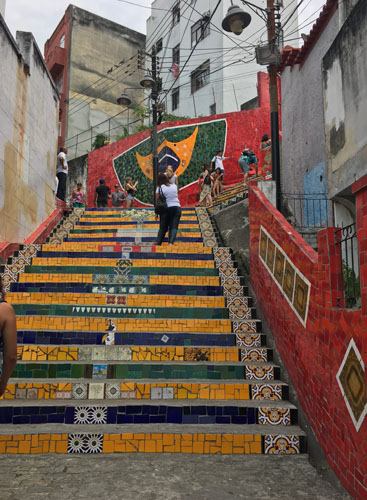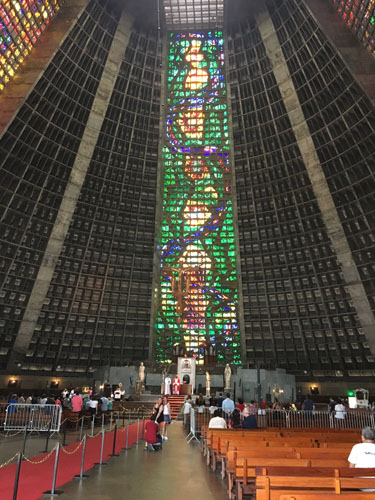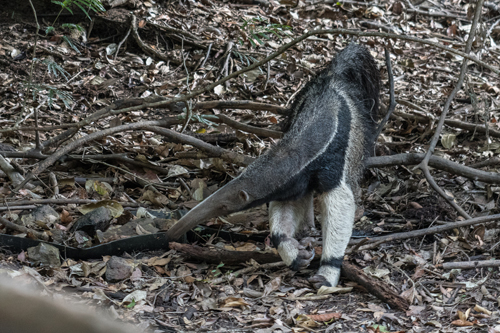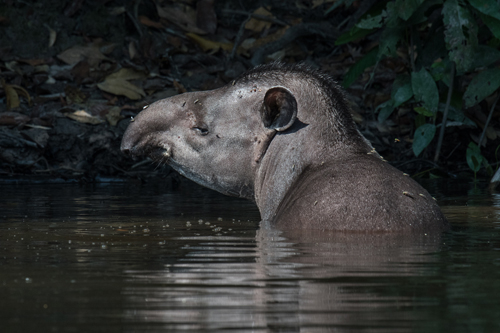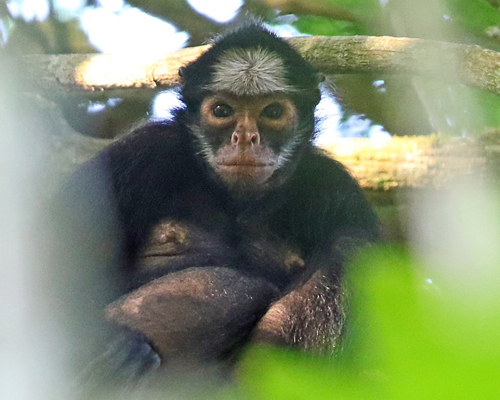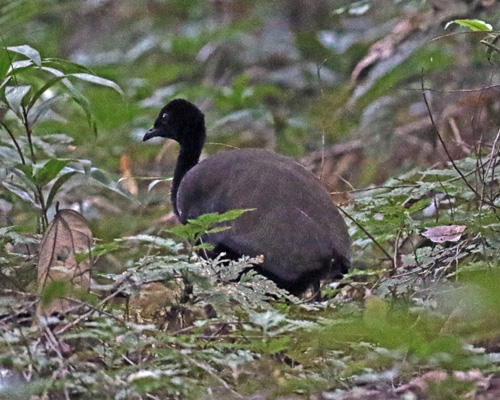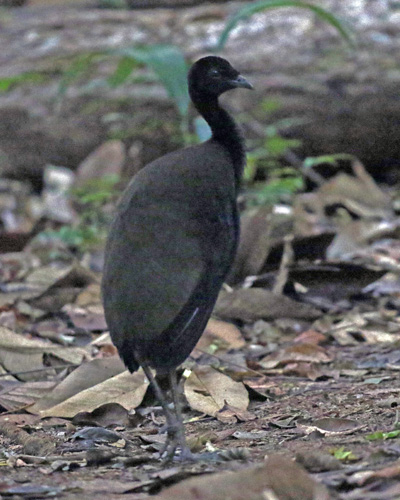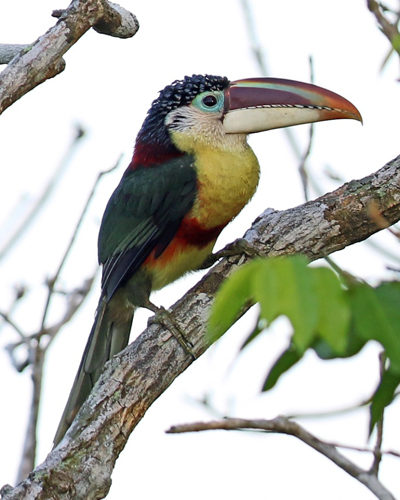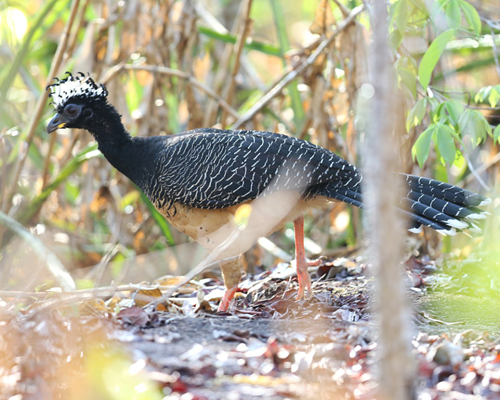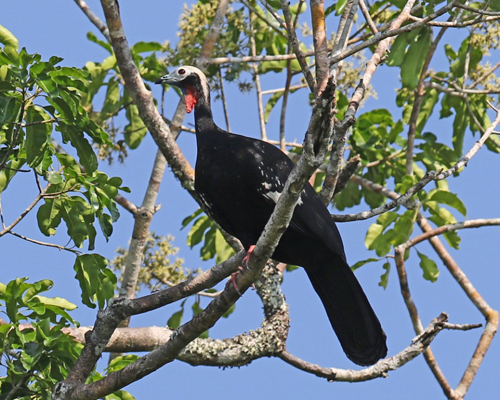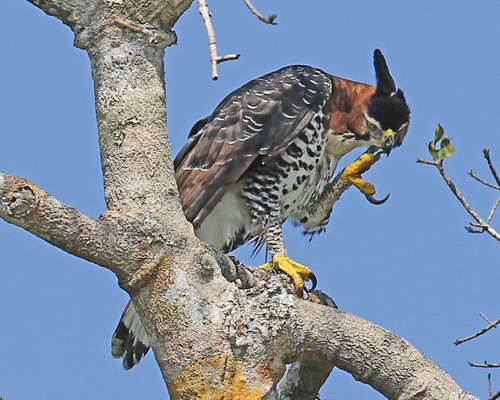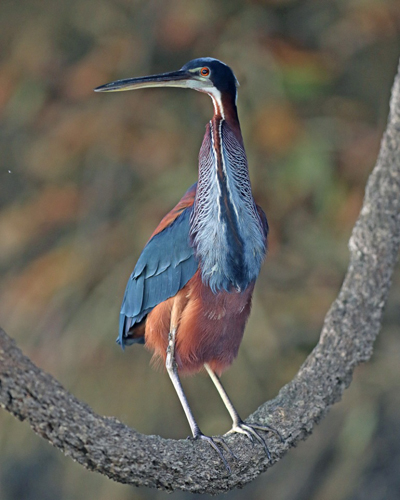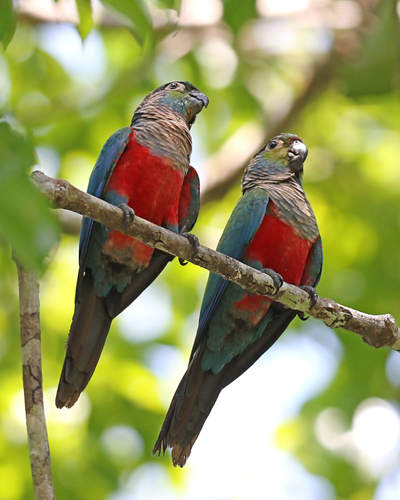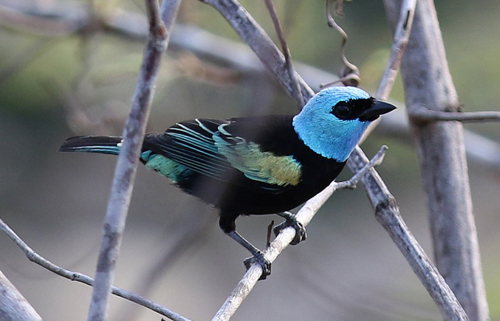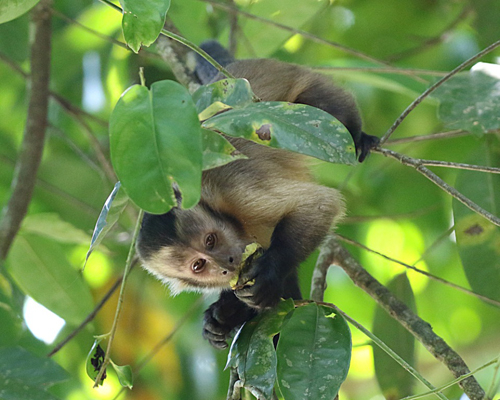My long-delayed birding trip to Ghana finally came to pass during the last 10 days of January 2024. This trip was first planned with Ashanti African Tours for March 2020. A few days before my wife and I were scheduled to arrive in Ghana in 2020 the Covid pandemic closed air travel to Ghana. Ashanti had been paid in full, airline tickets purchased, and visas obtained. Delta refunded its portion of our airline tickets (from Des Moines to Amsterdam). The cost of the portion of the flight handled by KLM (Amsterdam to Accra) was mishandled by KLM and never received. Ashanti offered substantial credit of 85% if the trip were rescheduled for 2021. This was later extended (on a reduced credit basis, generally reflective of the amount of irretrievable expenses incurred by Ashanti and subsequent inflation in Ghana. Discounts were extended first to 2022, and extended again to 2023 and 2024. I had not purchased cancellation insurance for the 2020 trip, so Ashanti’s offer and generosity were very welcome. I could not have dealt with better people. Over the course of the subsequent years my wife decided she would prefer a different destination, so my frequent birding companion, son-in-law Adam, joined me for our 2024 adventure in Ghana.
Late on January 20, 2024 we departed from JFK in New York on a non-stop Delta flight to Ghana. We arrived in Accra, Ghana’s capital and its largest city, mid-afternoon on Sunday January 21 (officially Day 1 of our 10 day trip). We were met at the airport by our Ashanti assigned guide, Ibrahim Entsie. He escorted us to the Labadi Beach Hotel for our one-night stay in Accra. Accra is on the south coast of Ghana on the Atlantic Ocean shoreline and it is the capital of Ghana. Adam took a stroll before dinner on the nearby Labadi Beach.

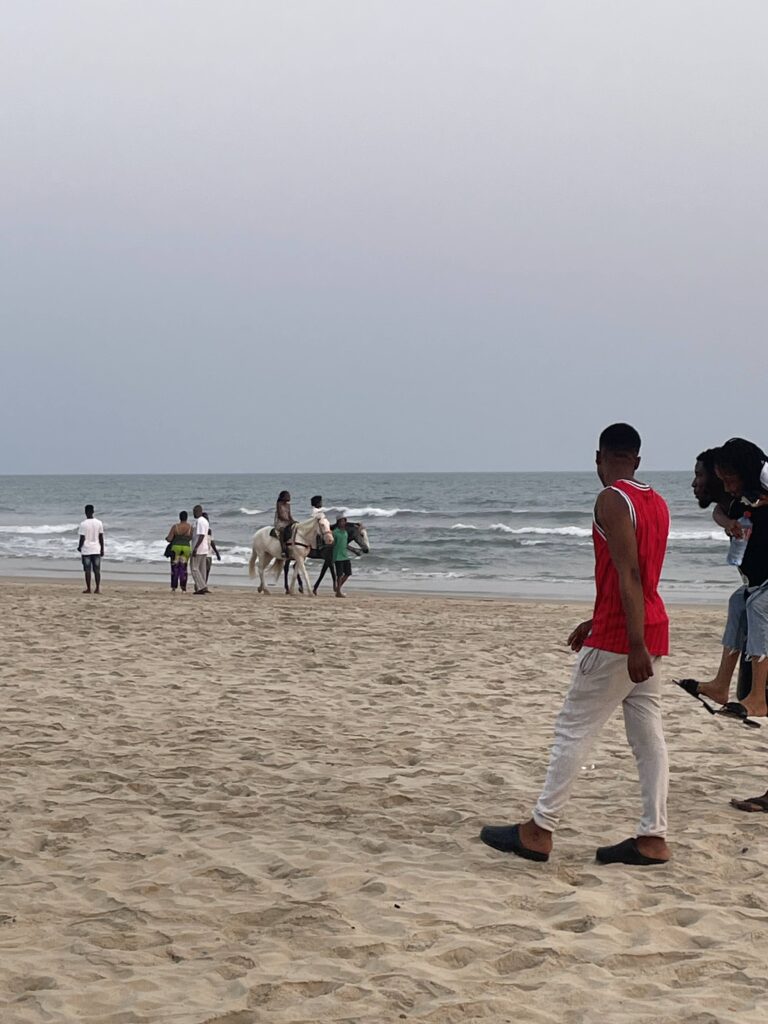
The only birds we saw in Accra that we could identify were Pied Crows. We saw more Pied Crows every day we spent in Ghana.
Early next morning (Day 2, Monday January 22) we flew with Ibrahim to Tamale, about 370 miles north of Accra in north central Ghana. We hoped to see Egyptian Plovers on the White Volta River. Egyptian Plovers are the sole species in the monotypic family Pluvianidae which would be a new family for me. We met our driver at the Tamale airport. He remained with us until Day 4, for the Mole/White Volta part of the trip. The drive northwest from Tamale Airport to the village of Daboya on the White Volta River took about 2.5 hours. The road was rough and with some time out for birding along the way, the time on the road grew long.
Although Ghana as a whole is about 70% Christian, the Christians are mostly concentrated in the south. The Tamale area in the north is mostly Muslim. Ghana’s people, Christian and Muslim, pride themselves on their amicable relations with one another, regardless of religion. Cattle are the primary source of income in the Tamale region. We were there in the midst of the dry season. Water is scarce and it is pumped from bore holes, which often go deep into the earth. The cattle we saw were quite thin. Tamale is the capital of the North Region of Ghana and has a population of about 1,000,000 making it Ghana’s 3rd largest city (after Accra, # 1, and Kumasi, capital of the Ashanti Region, # 2).
Many of the small villages in the northern part of Ghana have mostly small houses with grass roofs:

On the drives both to and from the village of Daboya on the White Volta River we made a few stops. We then saw Speckled Pigeons, Vinaceous Doves, a Western Plantain-eater, many Red-throated Bee-eaters, a Rufous-crowned Roller, African Gray Hornbills, Eurasian Kestrel, Pied Crows, Cattle Egrets, a Bateleur, a Grasshopper Buzzard, Yellow-billed Kites, Northern Gray-headed Sparrows, Black-rumped Waxbills, Red-cheeked Cordon-bleus, Red-billed Firefinches and Bronze Mannikins. Pictured below is a Black-billed Wood-Dove:
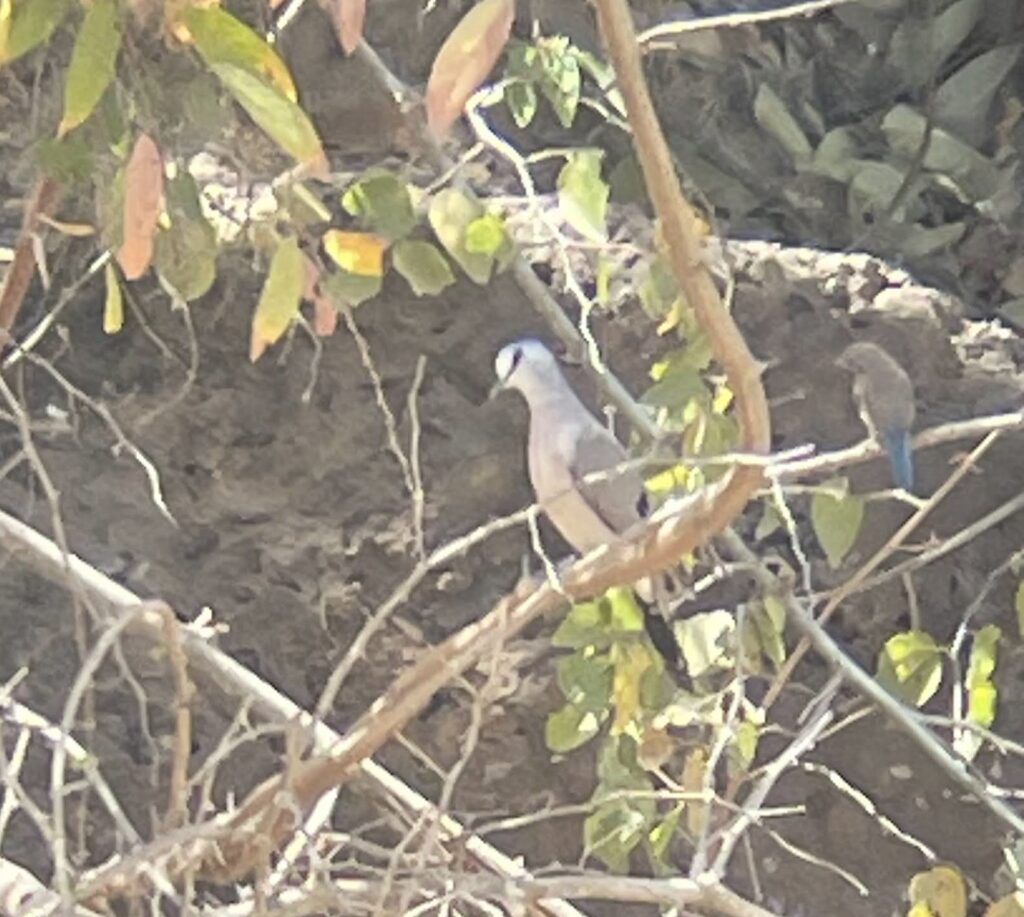
After a long and bumpy ride, we arrived at the White Volta River around noon. We did not have to wait long before a pair of Egyptian Plovers appeared nearby, seemingly oblivious of the numerous people working or playing near the River. Dramatically marked and unmistakeale, pictured below are the Egyptian Plovers:
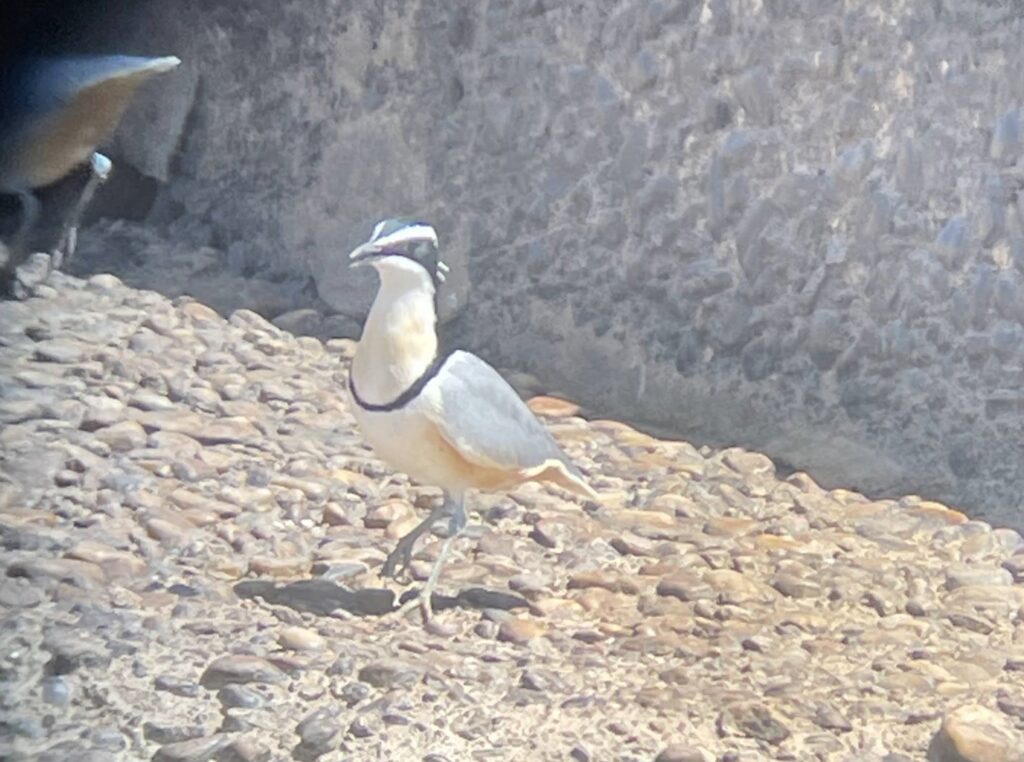
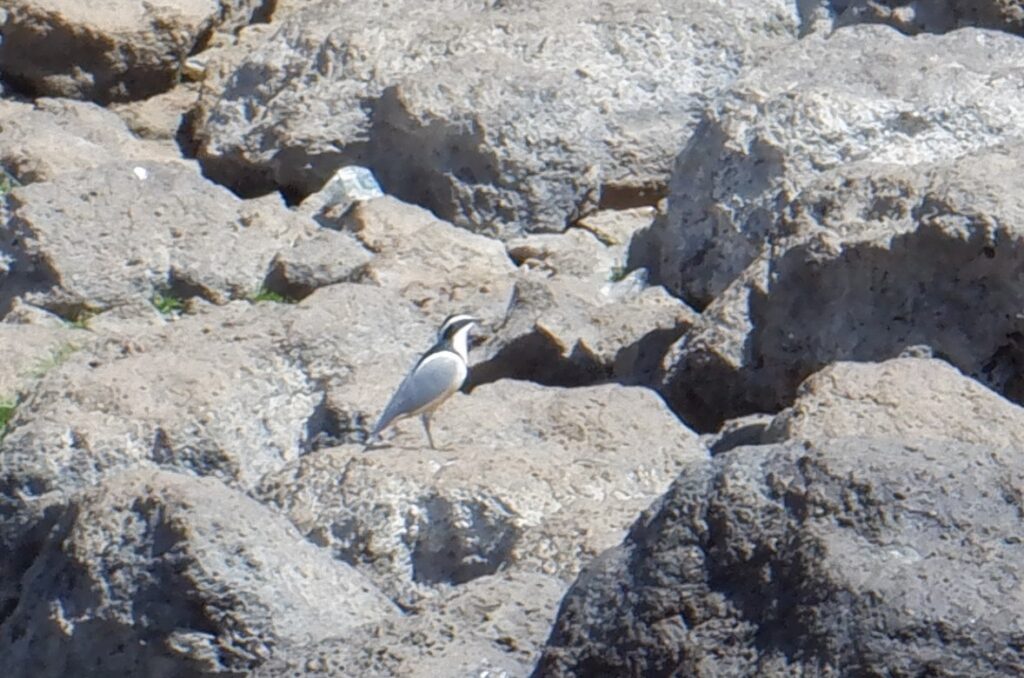
So, I found the first of 6 the new Families that I thought possible in Ghana. Most plovers are included in the Charadriidae Family. Egyptian Plover is the sole species in the Pluvianidae Family, as the Magellanic Plover is the sole species in its Pluvianellidae Family. For me, the Egyptian Plover became Family number 224. 250 families are recognized in Clements Birds of the World. With this, which I thought of as the second most important bird for me to see in Ghana, there remained 5 more new families to possibly see in Ghana. Ibrahim was confident we would see all 5. I had some doubts.
From Daboya on the White Volta, we drove northward to Mole (pronounced “Molee”) National Park where we stayed in the Zaina Lodge for 2 nights (Days 2 and 3). There was daylight enough when we arrived at Mole to see some of the birds and animals. Many were added on Day 3 and on the drive out of Mole on Day 4. The room at the Zaina Lodge required us to make a choice of a comfortable large bed or an uncomfortable small bed. Adam graciously chose the small one (with no objection from me) as his, but could not refrain from photographing evidence of his sacrifice with this one of our Zaina Lodge Room:
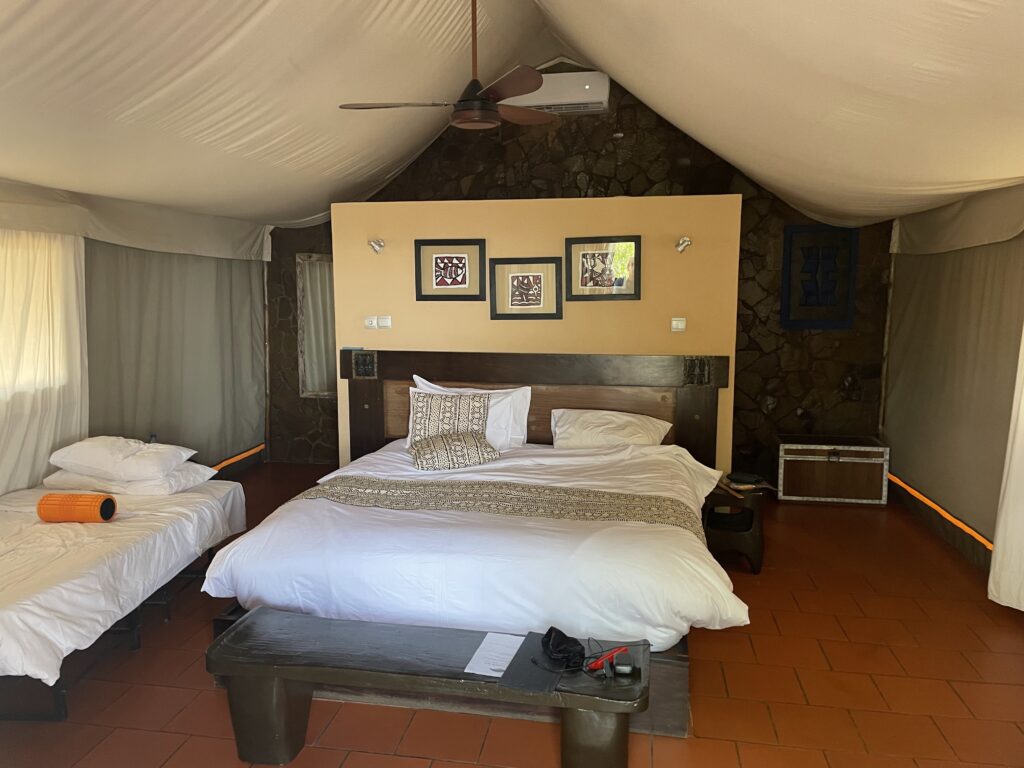
We quickly learned that the armed guard, a very convivial fellow, who accompanied us on all our outings in Mole, whether by vehicle or on foot, was important for our safety. The Antelope, Warthogs and Elephants were numerous in Mole. The elephants can be dangerous and are impressive animals. We were the victim of attempted intimidation (or worse) by this old bull African Bush Elephant:

Among the species of antelope in Mole, we saw Waterbucks, Bushbucks, Roan Antelope, a Red-flanked Duiker, and many Kob:
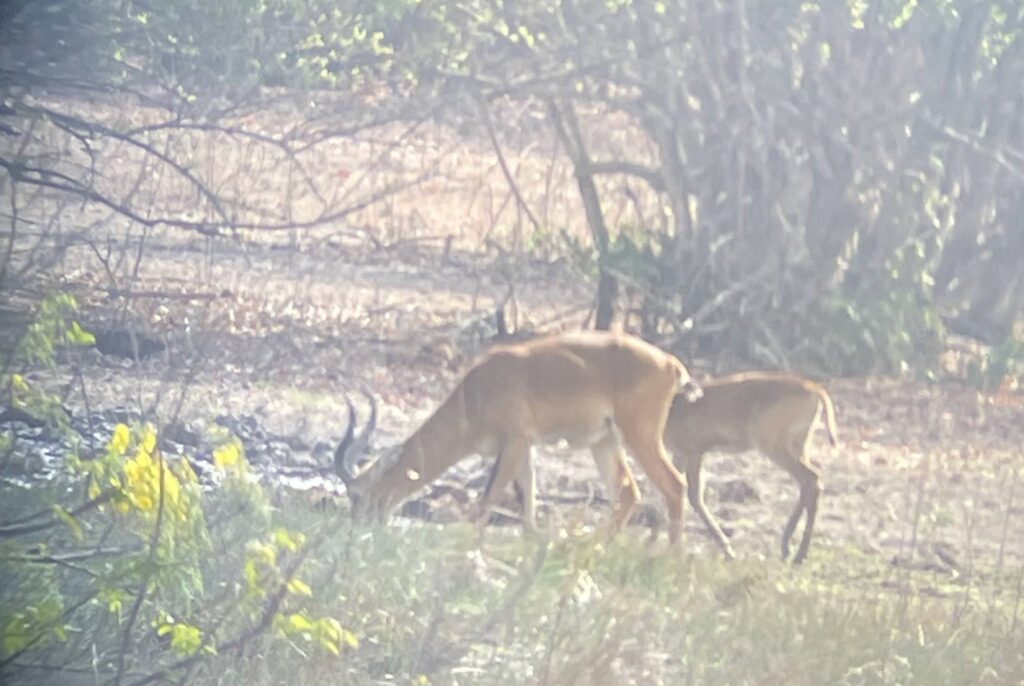
Warthogs were fun to see, especially when we saw a pair as they scurried quickly along with their little ones in the dim light of evening. Closer and in better light is this warthog:
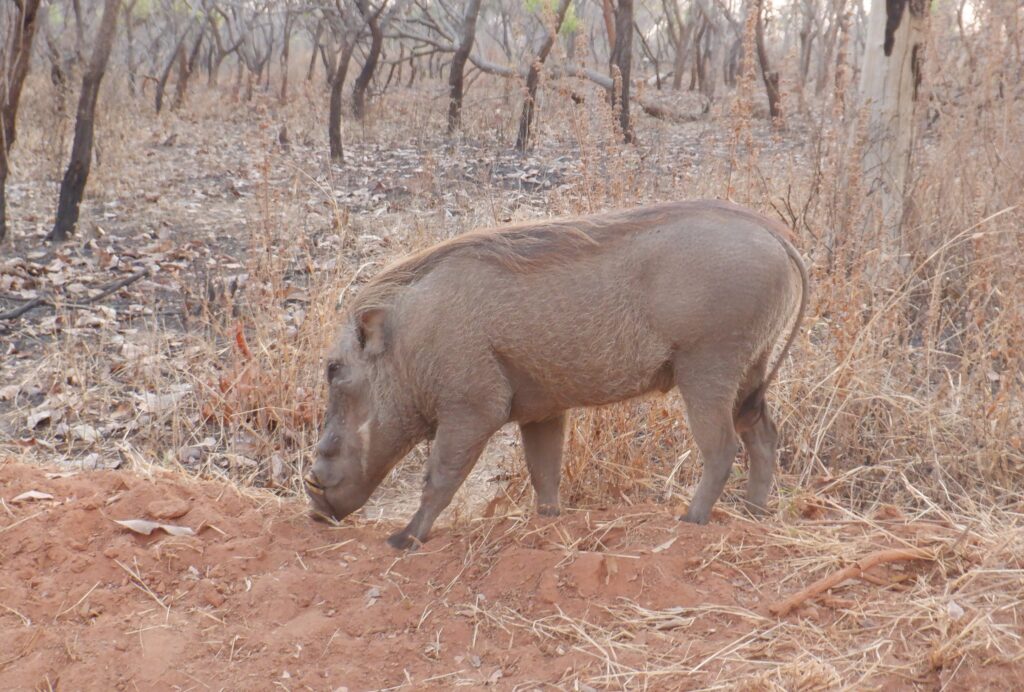
Monkeys and Olive Baboons were also well represented in Mole. I am unsure whether the picture below is a Patas or Green monkey. I think it is a Green Monkey:
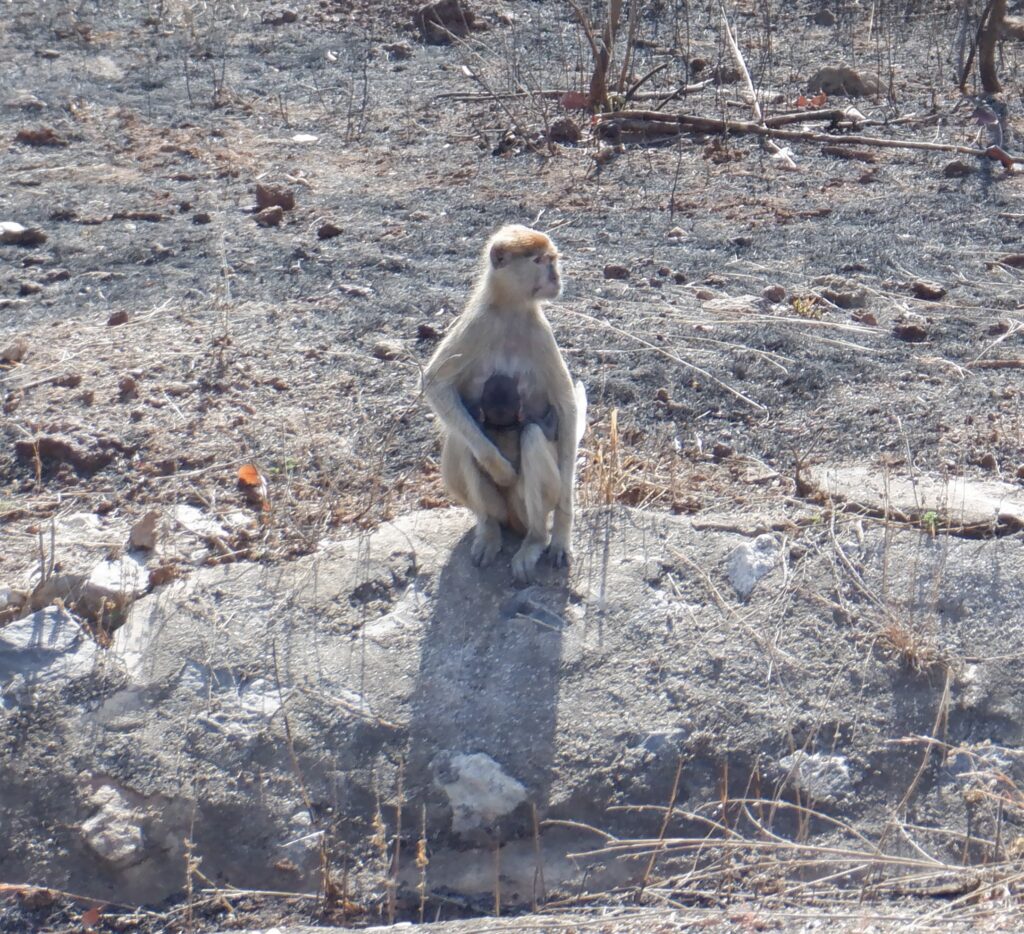
Among the birds that we saw at Mole were White-faced Whistling Ducks, (many), Helmeted Guineafowl, Double-spurred Francolins, a Stone Partridge family with a couple of small chicks hurrying to their night roost across an abandoned air strip, Hamerkop, Gray Herons, Black-headed Herons, Squacco Herons, Striated Herons, Hadaba Ibis, Hooded Vultures, Lizard Buzzards, Dark Chanting Goshawk, a single Black Kite, many Yellow-billed Kites, Black Crakes, Water Thick-knees, Spur-winged Lapwings, a Forbes Plover, White-fronted Plover, African Jacanas, a Common Sandpiper, & a lek with Chestnut-backed Sparrow Larks.
One of the highlights for me at Mole was the sighting of a couple of flocks of Violet Turacos. Between short flights they kept well hidden at the tops of tall trees, but Adam managed to capture this image of a Violet Turaco:

Near one of the elephant-frequented water holes, which held very little water at this time of year, we saw this Gray-headed Kingfisher:
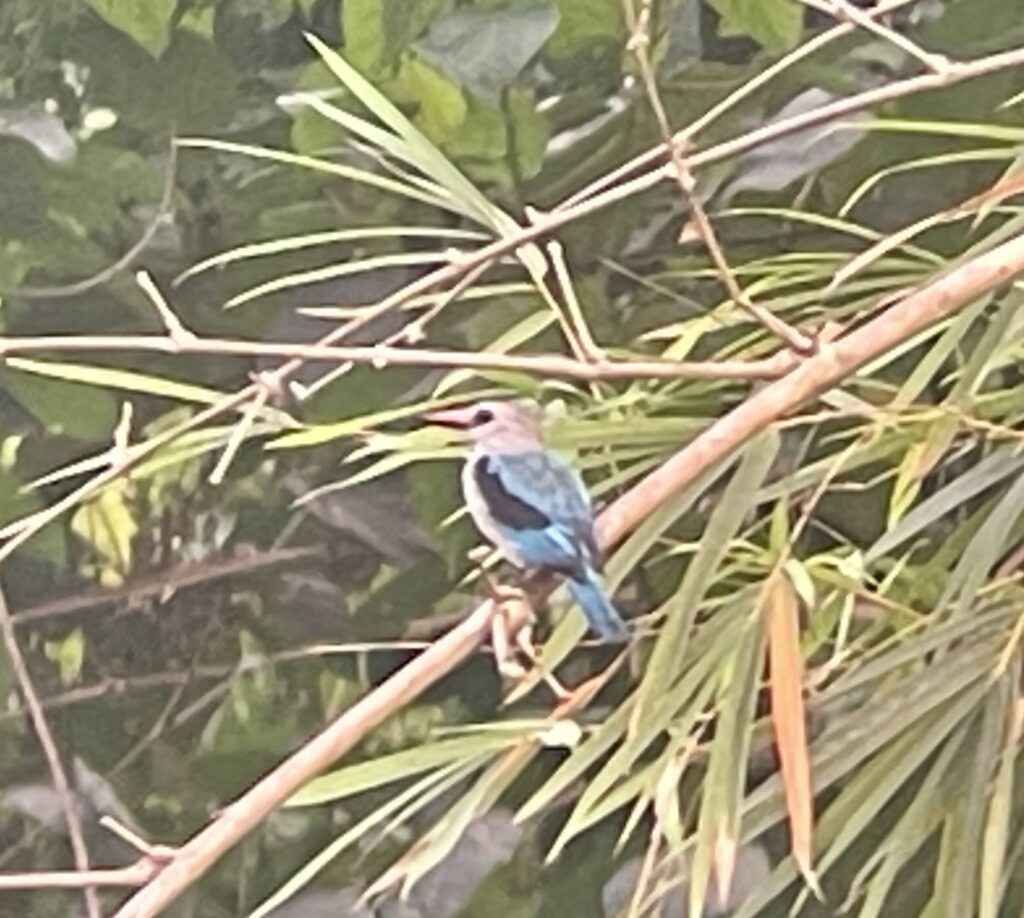
And this Malachite Kingfisher:
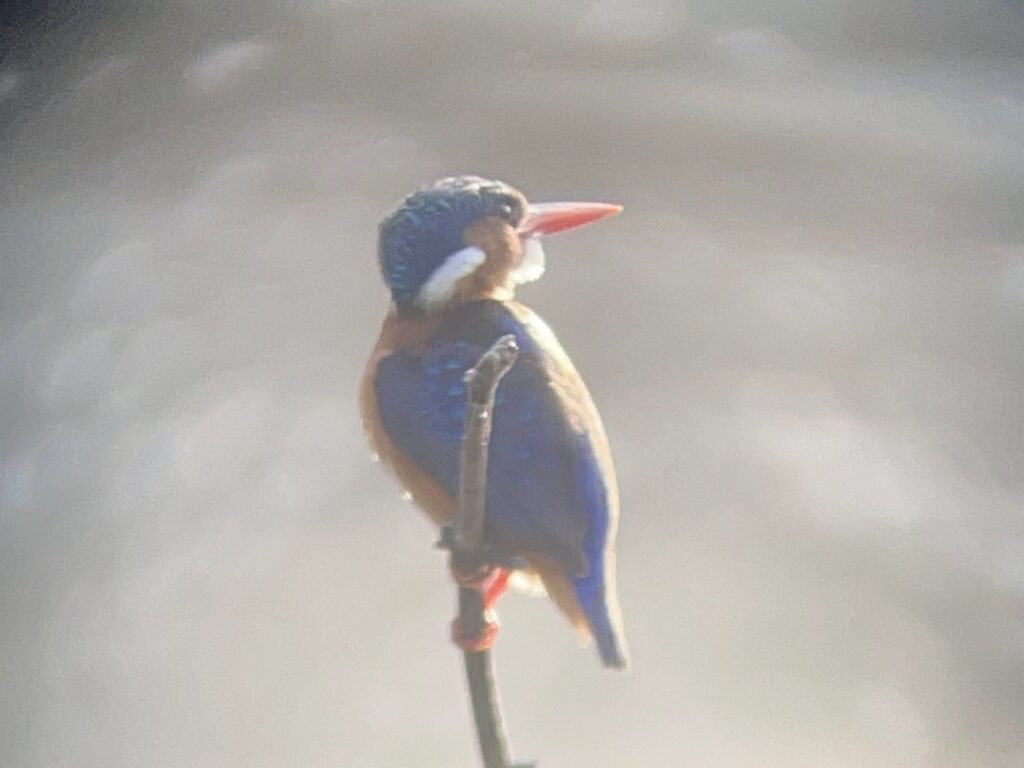
We were impressed with Mole. It is a wonderful park. The drive to Mole from Accra would have been very time-consuming, so we had opted to fly on Africa World Airlines from Accra to Tamale and back. Day 4 we drove from Mole to Tamale to catch our plane back to Accra. More to come soon in Part 2.

